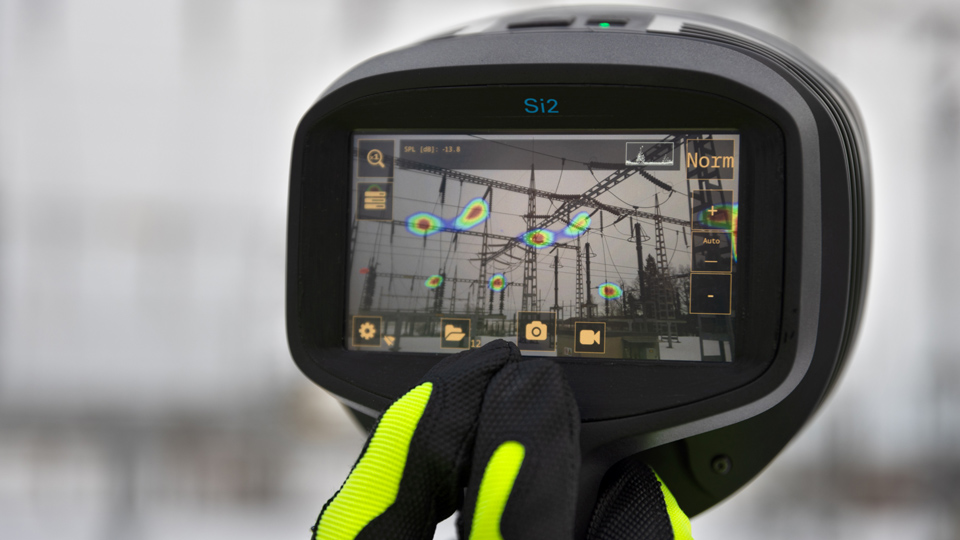Bottled gases along with many other raw materials used in industry have witnessed significant price hikes in recent years. Even before the Covid crisis we were seeing triple digit increases in the price of bottled helium along with big increases on other industrial gases. During Covid itself we saw a 5 -10-fold increases in the demand for bottled oxygen, unsettling the supply – demand balance and forcing prices higher. But what about good old-fashioned air? Surely the cost of compressed air remains more or less constant… or does it?
Any commercial manager in Europe will know that operational cost have risen sharply in recent years and are continuing to increase, having a significant impact on the companies bottom line. When itemising those cost increases, high on the list is energy.
All sectors of manufacturing industry have witnessed escalating energy costs over recent years. Economical and geopolitical events, especially in Europe, have pushed oil and gas prices to unprecedented levels and resulted in companies taking a very close look at energy saving initiatives across the manufacturing spectrum. The raw material, in the form of fresh air, taken in by a compressor might well be free at the point of entry, but operating a compressor is certainly not cheap.
Although modern compressors are considerably more efficient than older variants, energy remains the biggest cost associated with their operation. It stands to reason therefore that, the more economically the compressed air is used around the manufacturing site, the less energy will be consumed by the compressor itself.
Improved ergonomics at manufacturing stations within factories and plants have been the focus of increased attention in recent years and has led to improved efficiency in the amount of air used during manufacturing. However, the air lines delivering compressed air, sometimes thousands of metres, around a site are often overlooked.
These delivery systems are often overhead lines with elbow joints, reducers and various line connectors. All these fixings have the propensity to leak over time giving rise to inefficiencies. It is this kind of thinking that has led one large compressor manufacturer to state that some plants loose around 80% of all compressed through leaks in air lines and centralised systems.
When it comes to leaks on air lines, detection can often be the most difficult part of the remedial process. These lines are often in elevated positions to ensure they do not interfere with operational areas and workstations, meaning they can be several metres above the ground and leaks simply go unnoticed.

Many maintenance engineers will be familiar with the highly successful FLIR Si124 acoustic imaging camera. Building on the success of this camera FLIR are pleased to announce the launch of the new Si2-LD acoustic imaging camera. This second-generation camera contains improved microphones now capable of detecting sounds over a wider frequency range, namely 2 – 130 kHz. However, it’s not just the frequency range that is improved with the new FLIR Si-2 LD camera. The detection range is equally impressive. At 10 metres the acoustic camera can detect gas leaks as small as 0.05 litres per minute. At a distance of 2.5 metres the camera is capable of detecting minute leaks down to 0.0032 litres per minute, allowing those overhead lines to be brought into focus.
Many areas are dark and prove problematic in terms of observation, such as mines and confined spaces. For this reason, the FLIR Si2 comes complete with two extremely powerful LED lights that illuminate the area, allowing specific air and gas lines to be identified and analysed.
Images captured by the 12-mega pixel camera are displayed on a new high definition five inch 1280 x 720 screen which is brighter and sharper than its predecessor. The 8x zoom feature also allows more distant problem areas to be brought into focus.
Senior management and company financiers are not only interested in the amount of gas leaking but want to determine the financial impact over time. This is where the FLIR Si2-LD camera really comes into its own. The camera has built in software that calculates the financial impact of the detected gas or air leak. Termed Industrial Gas Quantification, the incorporated software can calculate losses for a variety of gaseous systems including ammonia, helium, hydrogen, argon, carbon dioxide and of course compressed air. This unique software coupled with the new advanced features of the FLIR Si2-LD described above, provide valuable monetary information regarding gas leaks enabling the maintenance engineer to perform remedial action that has an immediate and lasting effect on the company’s bottom line.
The FLIR Si2-LD camera is extremely light, making plant wide analysis a very easy task, and comes complete with a tough tailor-made carrying case for added protection.
Ensure your fresh air is not costing you the earth. For further information on the FLIR Si2-LD, leak detection acoustic cameras please visit www.flir.com or contact your local FLIR distributor.
ABOUT FLIR, A TELEDYNE TECHNOLOGIES COMPANY
FLIR, a Teledyne Technologies company, is a world leader in intelligent sensing solutions for industrial applications with thousands of employees worldwide. Founded in 1978, the company creates advanced technologies to help professionals make better, faster decisions that save lives and livelihoods. For more information, please visit www.teledyneflir.com or follow @flir.












Radio wave weapon knocks out drone swarms
I hope they have assessed how easy it is to shield a drone against the attack. Hopefully the shielding would add too much weight.